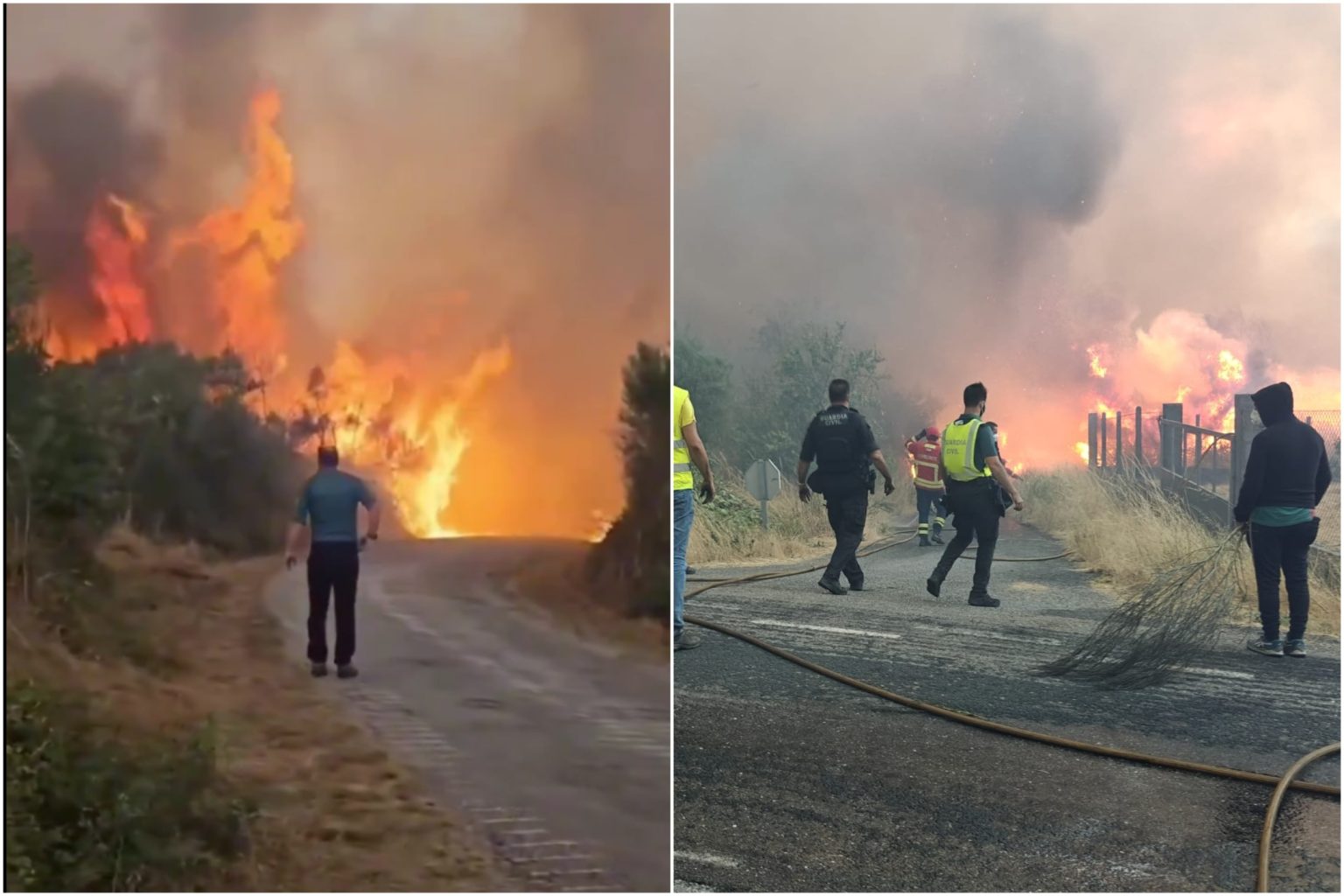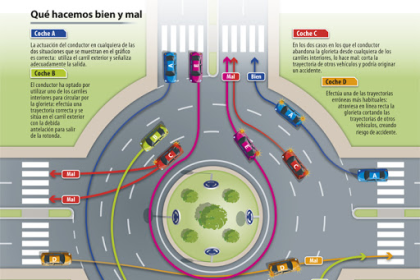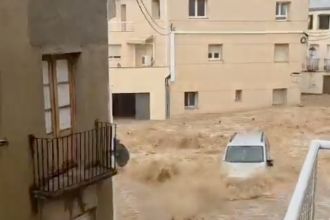
Spain’s fires are worst for 30 years: Land burned nationwide is almost size of Mallorca
According to the European Forest Fire Information System (EFFIS), a staggering 382,607 hectares have already burned since January - an area almost the size of Mallorca.
Spain is in the grip of its most destructive wildfire season in modern memory, with flames ripping through the northwest and threatening to make 2025
Laurence Dollimore has been covering news in Spain for almost a decade. The London-born expat is NCTJ-trained and has a Gold Star Diploma in Multimedia Journalism from the prestigious News Associates. Laurence has reported from Spain for some of the UK's biggest titles, including MailOnline, The Telegraph, Daily Mail, Mail on Sunday, The Sun and the Sun Online. He also has a Master's Degree in International Relations from Queen Mary University London.
Leave a Comment








